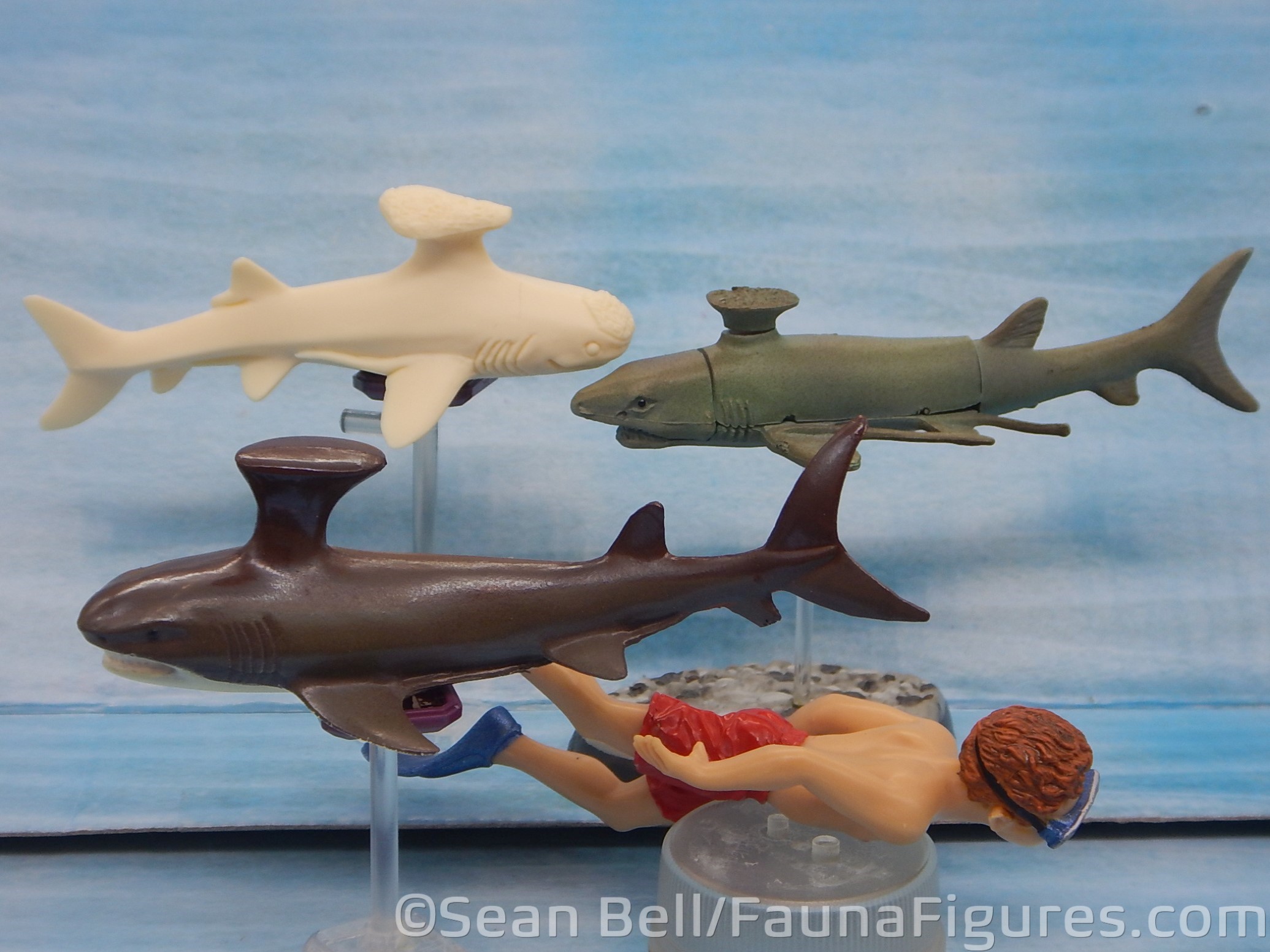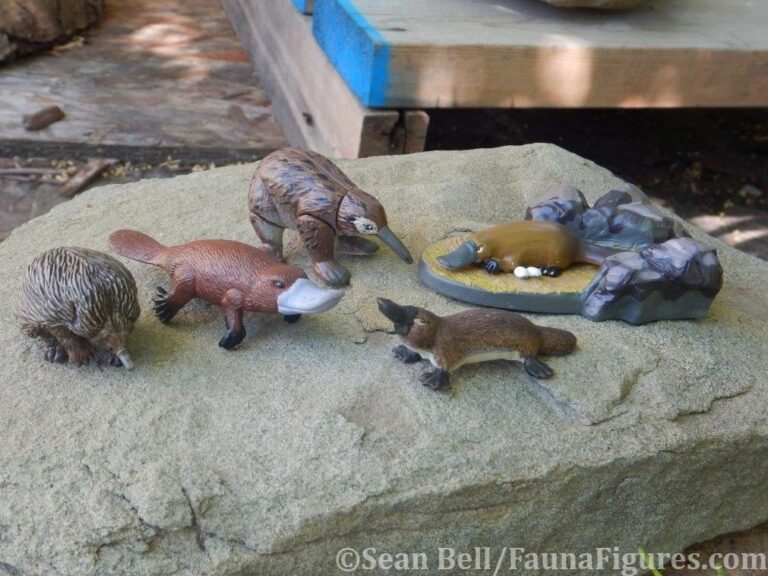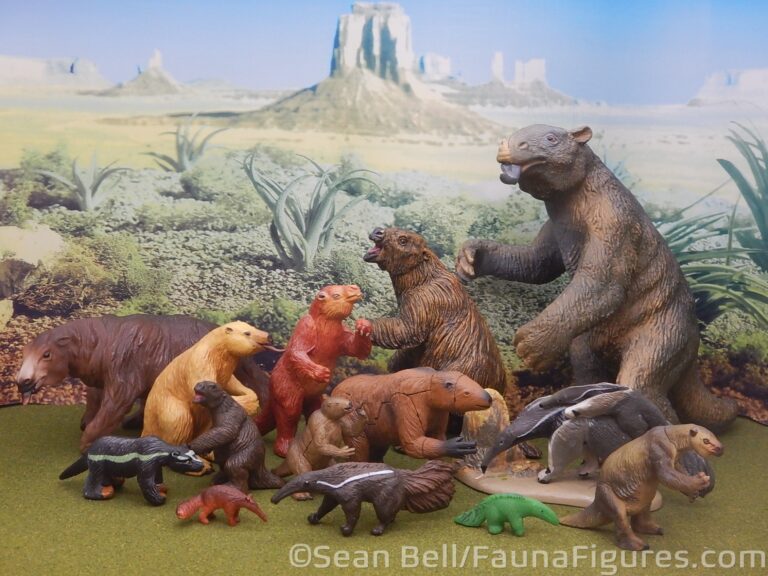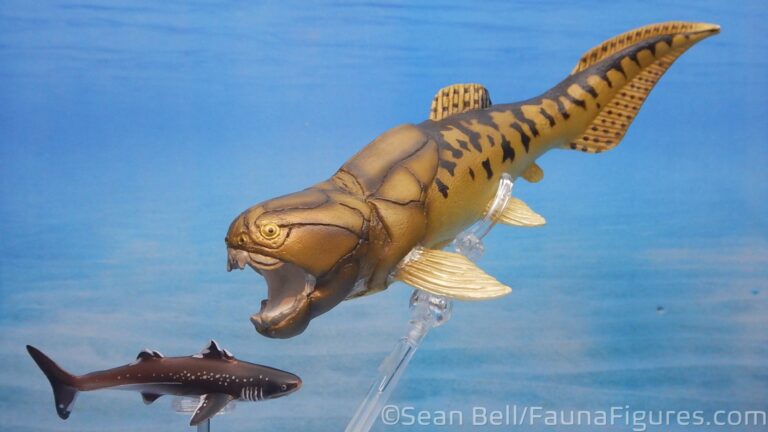Already another ‘clades’ post, but this time one with a few more figures at least! This one will be Euchondrocephali–a group of shark-like chondrichthyan fish that are more closely related to the holocephalans (the modern ratfish Chimaera and elephantnose fish Callorhinchus). The funny thing is that for the longest time, these fish were assumed to be part of the true shark lineage (elasmobranchs)…or somehow basal to them, or a sister group to them. Then further research and some better fossil material of these cartilaginous animals demonstrated that these fish–which tended to be pretty weird–were closer to the other aforementioned group.
It is challenging to get a clear picture of how the early chondrichthyan fish fit into their phylogeny, but I think I was able to get a working picture of it. The Euchondrocephali is a name I found that appears to refer to a variety of extinct, more shark-like forms within or related to the holocephalans. For the purposes of my database, this includes the symmoriids and eugeneodontids (and some other weird fossil species that will never be figures…) The former often have very unusual dorsal fins; the latter often have some kind of distinctive jaw morphology. This latter is most popularized in the lower tooth whoel of Helicoprion, which may also be the most common figure from this group. It’s so well-known, there’s even an entire book inspired by Ray Troll all about the crazy attempts to reconstruct the animal…which we seem to have a handle on now. But so far, no figures that reflect this (although Safari has come close). I did see reference to Cladoselache also belonging to this group, but so far that seems less convincing, so I don’t include it (but, of course, that could always change).
The euchondrocephalan fish first roamed the world’s seas in the late Devonian , a time when the chondricthyans overall seemed to evolve into a great range of diversity. The bizarre dorsal features of the symmoriids managed to hold out until, the odd whorled jaws of the eugeneodontids were extinct by the early Triassic. It is possible that some symmoriids survived into the early Cretaceous. As a group, they were of course pelagic predators; although it’s hard to be sure, fish were likely prey but the odd mouth structures of the whorl-tooth ‘sharks’ might have been more suited to cephalopods like ammonites and squids, which were also abundant.
Figures of this group are not especially common, but have shown up occasionally, probably because their strange appearances help them stand out. As said, Helicoprion is relatively common as a prehistoric shark figure (relative to most fossil sharks); Stethacanthus has shown up quite a bit as well. It must be something about the weird shapes–coiled jaws and anvil-shaped dorsal fins stand out so well from the modern appearance. That could be why the first Helicoprion figure showed up at the same time that that the arguably more famous “Megalodon” figure did, in the Yowies Lost Kingdom series! But a few years ago, Safari Ltd gave us a Prehistoric Sharks toob…and inadvertently included even more euchondrocephalans!
Back when I was talking to Safari about that Sharks toob, I tried to sneak in some holocephalans (iniopterygians, or petalodonts) but they wanted to stay to sharks only. And within the ten figures, they included the figures seen today, because they’re sharks. And then after some phylogenetic review–it turns out that a number of them aren’t sharks after all, but holocephalans (or a sister group to them). So we got some unique looking fish that really stand out for their odd appearances–and they aren’t even sharks! Hopefully we will see even more of these animals in the future, as well as a greater range of holocephalans overall–if nothing else, we need Helicoprion reconstructed with no upper teeth because it’s just that weird. Sadly, I don’t think any of these are currently available…which is a shame for people that are trying to make a Palaeozoic marine collection. But at least some should be easier to find than others.













Pingback: Vault Tales 206 Run the Set OUMCRAFT ‘Life’ Game figures part 2 – Fauna Figures Blog